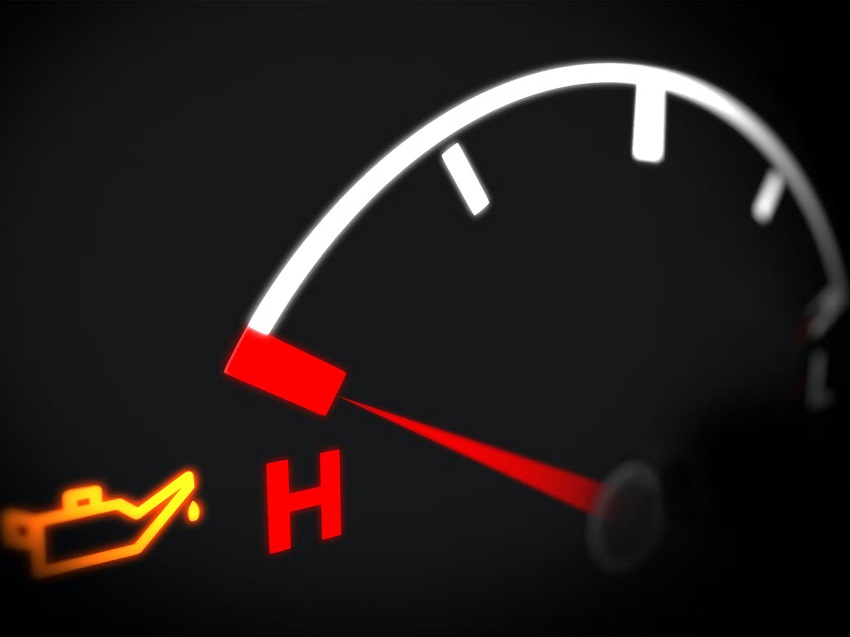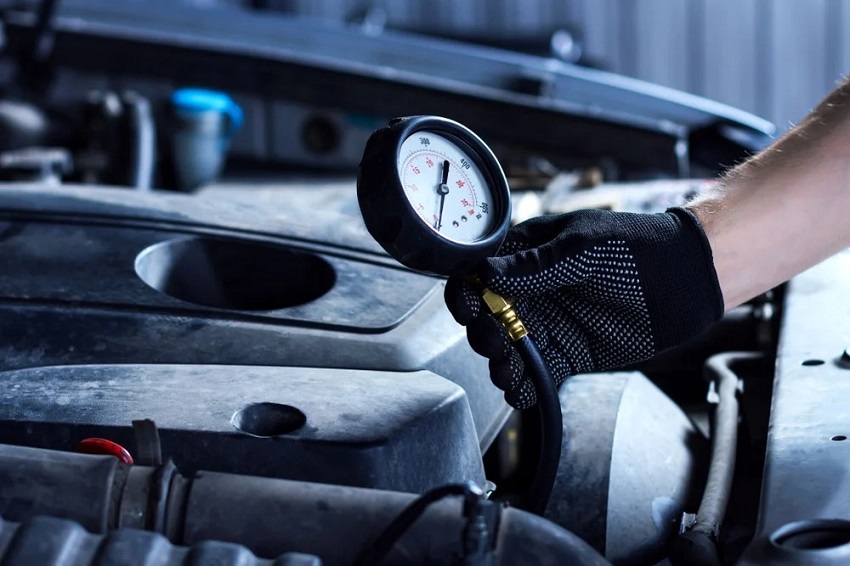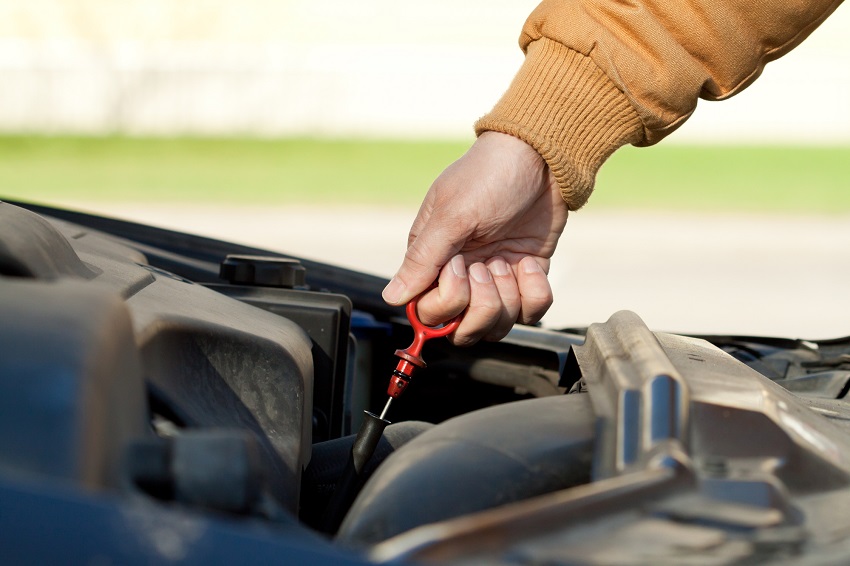
Oil pressure is a critical aspect of maintaining the proper functioning of an internal combustion engine. Vehicles are equipped with an oil pressure regulator to ensure the engine receives an adequate oil supply under varying conditions. In this article, we will explore the working mechanism of an oil pressure regulator, its importance, and how to identify potential issues.
Every vehicle’s engine relies on a continuous oil supply for lubrication, cooling, and protection against friction. The engine could suffer severe damage without proper oil pressure regulation, resulting in decreased performance or even failure. An oil pressure regulator plays a crucial role in maintaining the ideal oil pressure within an engine.
What is an Oil Pressure Regulator?
An oil pressure regulator is designed to regulate and control oil flow throughout the engine. It ensures that the engine receives a constant oil supply at the appropriate pressure, regardless of engine speed, temperature, or load variations. By regulating the oil pressure, the regulator helps optimize engine performance, prevents excessive wear and tear, and extends the engine’s lifespan.
Importance of Oil Pressure Regulation
Proper oil pressure is essential for the smooth operation of an engine. It ensures that all moving parts are adequately lubricated and protected, reducing friction and preventing premature wear. Additionally, the oil pressure regulator helps maintain a consistent oil flow, ensuring the engine receives an adequate oil supply under various driving conditions.
Components of an Oil Pressure Regulator
To understand how an oil pressure regulator works, one must familiarize oneself with its key components. The main parts of an oil pressure regulator include:
Relief Valve
The relief valve is critical to maintaining the desired oil pressure. It is designed to open when the oil pressure exceeds a specified limit, allowing excess oil to bypass and return to the oil pan. This prevents excessive pressure buildup, which could lead to leaks, engine damage, or even rupture of oil seals.
Spring
The spring in an oil pressure regulator helps determine the desired oil pressure. By exerting force against the valve, it sets the pressure at which the relief valve opens. The strength of the spring determines the threshold at which the regulator allows oil to bypass.
Piston
The piston is a movable component that responds to changes in oil pressure. It controls the opening and closing of the relief valve based on the pressure exerted against it. When the oil pressure reaches a certain level, the piston opens the relief valve, allowing oil to bypass and regulate the pressure.
Diaphragm
The diaphragm is a flexible membrane that connects the piston to the spring. It acts as a sensor, detecting changes in oil pressure and transmitting the information to the piston. When the diaphragm senses increased pressure, it moves the piston to open the relief valve, reducing the pressure to the desired level.
How Does an Oil Pressure Regulator Work?
Now that we are familiar with the components of an oil pressure regulator. Let’s delve into its working mechanism. The following steps outline how an oil pressure regulator operates:
Step 1: Monitoring Oil Pressure
The oil pressure regulator continuously monitors the oil pressure within the engine. It receives feedback from various sensors and the oil pump, which provides information about the current oil pressure.
Step 2: Adjusting Oil Flow
Based on the information received, the oil pressure regulator adjusts the oil flow to maintain the desired pressure. If the oil pressure is too high, the relief valve opens, allowing excess oil to bypass. Conversely, if the pressure is too low, the regulator restricts the bypass, ensuring more oil reaches the engine.
Step 3: Maintaining Optimal Oil Pressure
By dynamically adjusting the oil flow, the regulator ensures that the engine operates at an optimal oil pressure level. This helps provide sufficient lubrication, cooling, and protection to the engine’s moving parts, maximizing its performance and longevity.
Common Issues with Oil Pressure Regulators
Like any mechanical component, oil pressure regulators can experience problems over time. Some common issues include:
Clogging or Blockage
Due to impurities or sludge buildup, the oil pressure regulator’s passages or relief valve can become clogged or blocked. This can hinder the proper flow of oil, leading to inadequate oil pressure or even complete failure.
Stuck or Malfunctioning Valve
The relief valve in an oil pressure regulator can sometimes become stuck in either the open or closed position. A stuck valve can result in either excessively high or low oil pressure, which can harm the engine’s performance and longevity.
Leaking Oil
Over time, the seals or gaskets in the oil pressure regulator may deteriorate, leading to oil leaks. These leaks can result in decreased oil pressure, potential engine damage, and the need for immediate repair or replacement.
Signs of a Failing Oil Pressure Regulator
To prevent further damage to the engine, it is crucial to identify signs of a failing oil pressure regulator. Some common indicators include:
Low Oil Pressure
A noticeable decrease in oil pressure can indicate a failing oil pressure regulator. If the oil pressure warning light on the dashboard illuminates or the oil pressure gauge consistently reads lower than normal, it is essential to inspect the regulator and promptly address the issue.
Engine Noise
Insufficient oil pressure can increase friction between moving parts, leading to unusual noises from the engine. These noises include ticking, knocking, or a distinct lack of smoothness during operation.
Oil Leaks
Leaking oil around the oil pressure regulator clearly indicates a malfunctioning component. If oil is visibly pooling or dripping from the regulator or surrounding areas, it is crucial to address the issue promptly to prevent further damage.
Maintaining and Replacing the Oil Pressure Regulator
Regular maintenance and timely replacement of the oil pressure regulator are crucial for the long-term health of the engine. Here are some key practices to consider:
Regular Oil Changes
Following the manufacturer’s recommended intervals, frequent oil changes help prevent sludge buildup and maintain proper oil flow. Clean oil reduces the risk of clogs or blockages in the oil pressure regulator.
Professional Inspection and Replacement
During routine maintenance, have a qualified mechanic inspect the oil pressure regulator for any signs of wear or malfunction. They can replace the regulator to ensure optimal engine performance and longevity if necessary.
Conclusion
The oil pressure regulator plays a vital role in maintaining the ideal oil pressure within an engine. Monitoring, adjusting, and maintaining oil flow, ensures that the engine’s moving parts receive adequate lubrication and protection. Regular maintenance and prompt attention to any issues related to the oil pressure regulator are crucial to maintaining the engine’s performance and preventing costly repairs.
FAQs
- Can a failing oil pressure regulator cause engine damage?
Yes, a failing oil pressure regulator can result in inadequate oil pressure, which can cause engine damage due to increased friction and insufficient lubrication.
- How often should the oil pressure regulator be inspected?
It is recommended to have the oil pressure regulator inspected during routine maintenance or whenever signs of low oil pressure or oil leaks are observed.
- Can I replace the oil pressure regulator myself?
While some DIY enthusiasts may be capable of replacing the oil pressure regulator, having a qualified mechanic perform the replacement is generally recommended to ensure proper installation and avoid potential complications.
- Are all oil pressure regulators the same for every vehicle?
No, oil pressure regulators can vary in design and specifications depending on the make, model, and type of vehicle. It is essential to use the correct regulator specified for your vehicle.
- How long does an oil pressure regulator typically last?
The lifespan of an oil pressure regulator can vary depending on various factors such as usage, maintenance, and driving conditions. However, with proper maintenance, it should last for several years before requiring replacement.






